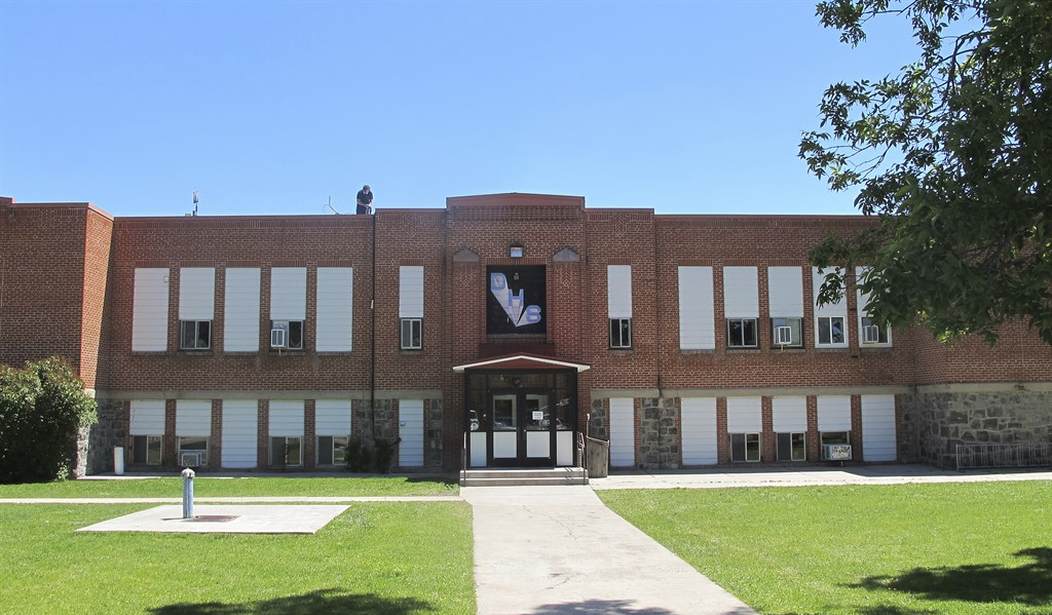Scores for the 2018 Pennsylvania System of School Assessment (PSSA) tests have been posted. But the latest results are not encouraging and raise a host of questions, says the president-emeritus of the Allegheny Institute for Public Policy.
“Pennsylvania needs to get over its excuse-making for poor academic performance, especially considering the sums spent on remedial education and other special programs aimed at improving the quality of education,” says Jake Haulk, now a senior advisor at the Pittsburgh think tank (in Policy Brief Vol. 18, No. 46).
Third through eighth graders are required to take the PSSA tests annually. Student achievement is assigned to one of four levels – “below basic,” “basic,” “proficient” and “advanced.”
“Advanced” recognizes the student’s achievement to be above, or well above, the level necessary to move up to the next grade. A “proficient” rating means the student has a grade-level mastery of the subject adequate to move on to the next grade.
“Basic” means that student has some understanding but not sufficient to move on without remedial help. “Below basic” means the student has little or no grasp of the subject matter taught in that grade.
“Suffice to say, the 2018 results are not encouraging,” says Haulk, a Ph.D. economist.
“First of all the percentage of students scoring advanced or proficient in math fell slightly from the 2017 level in grades three, four, six and eight,” he says. “The percentage advanced or proficient edged a bit higher in fifth and seventh grades.”
Only in third grade did more than half the students score proficient or higher – 54.5 percent in 2017 and 54.1 percent in 2018. That means for every other grade the combined percentage of basic or below basic is above 50 percent.
Recommended
But the worst of the PSSA results is the sharp decline in scores with each higher grade in both 2017 and 2018. This year, the third grade combined basic and below basic percentage was 45.9 percent. By sixth grade that combined percentage climbed to 60.5 percent and by eighth grade reached 69 percent.
English language arts scores tend to run higher than the math scores but remain well below levels the state should find acceptable: About 40 percent of students in each grade from third to eighth scored in the combined basic and below basic categories.
“And while better than the near 60 percent scoring basic or below basic in math in all grades but the third, 40 percent falling behind in third through eighth grades is a huge problem, especially for the high percentages of eighth graders who will be entering high school unprepared for ninth grade in math and English language arts,” Haulk stresses.
Couple that with only 53 percent of eighth graders scoring proficient or higher in the science portion of the exam, “the inadequacy of preparation for high school is even more pronounced,” the think tank scholar says.
And within the state’s PSSA results report, Haulk found a “stunning” statistic – 55.2 percent of elementary school test takers are classified as “historically underperforming (HU).” That means they are either economically disadvantaged, English learners or have an individualized education plan.
“One would assume the bulk of these children are in the HU grouping because of economics,” Haulk says. “But that begs the question of how poor does a child’s family have to be to qualify as disadvantaged. And given that school and transport, and in many cases breakfasts and lunches, are free, it must be that the category is trying to capture something else that is detrimental to learning.”
And then there’s this: Haulk asks “How is it that ‘historically underperforming’ seems to have a great impact on learning but not sports performance?”
He cites the 2017 experience of Aliquippa’s 59 test-takers in the 11th grade. Only 27 percent performed at the proficient level in math while 71 percent performed at the basic or below basic level. In science, 83 percent scored at the basic or below basic level. And all but one of the test-takers was classified as historically underperforming.
Yet despite the inability of the vast majority of students to show meaningful academic achievement, the football team just won a state championship this month.
“Does this mean poor children cannot learn math or science but they can master a complex and demanding sport?” Haulk asks. “Priorities appear to be misplaced.
“Indeed, are there no academic requirements to play sports?”

























Join the conversation as a VIP Member